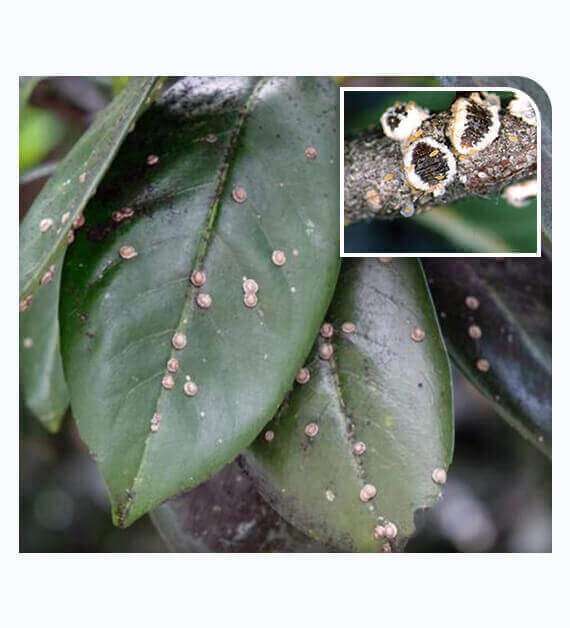About Scale
All scale species can be divided into two groups – armored scales and soft scales. Magnolia Scale, the largest soft scale insect, spends the winter season sticking to small twigs. However, these scales begin to feed tree sap and leave a sticky film on the plants on spring days. Thus, they are commonly known as ‘Tree sap suckers’ and ‘Excreators of honeydew.’
These pinhead size insects are mobile, dark in color, and are referred to as “crawlers.” When the young nymphs have just hatched, they keep crawling until they find a suitable feeding site. They begin to feed with their piercing mouth and gradually become capable of self-defense.
Scale insects prefer warm, dry climates. The scale bug has a protective tan to brown shell-like covering. However, scale prefers the undersides of leaves and the areas near leaf joints. They drain nutrients from trees to grow, thus making it a breeding ground for undesirable fungus like sooty mold. The outbreak of sooty mold will cause further damage to your trees down the road. However, when it thrives in oak trees, invasion of Galls, Gold Spotted Oak Borers, Aphids, Borers, Caterpillars, Lace bugs, Leaf miners, Twig pruner, etc. can also deteriorate resistance power and strength. So, calling a professional for Magnolia Scale Treatment is crucial.

